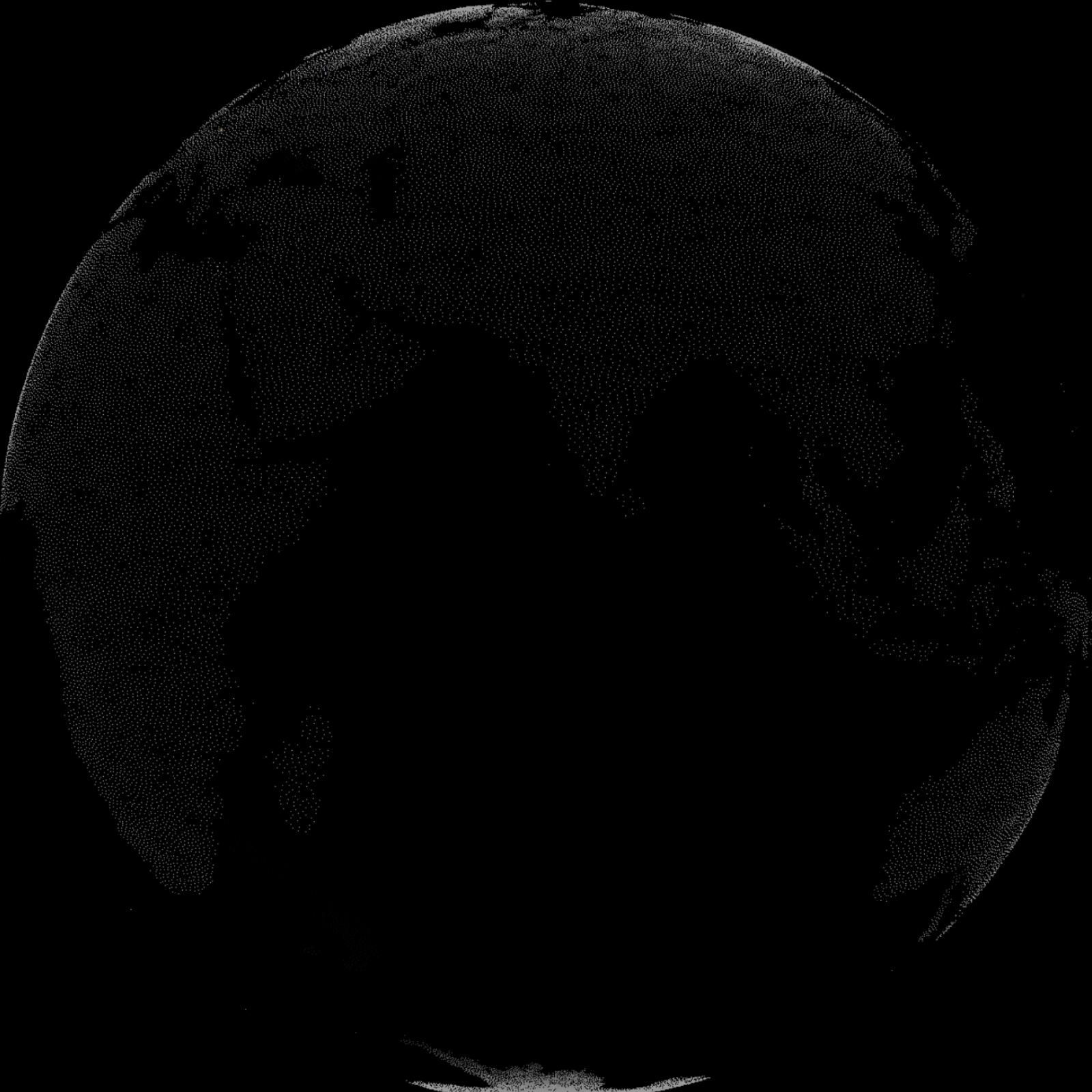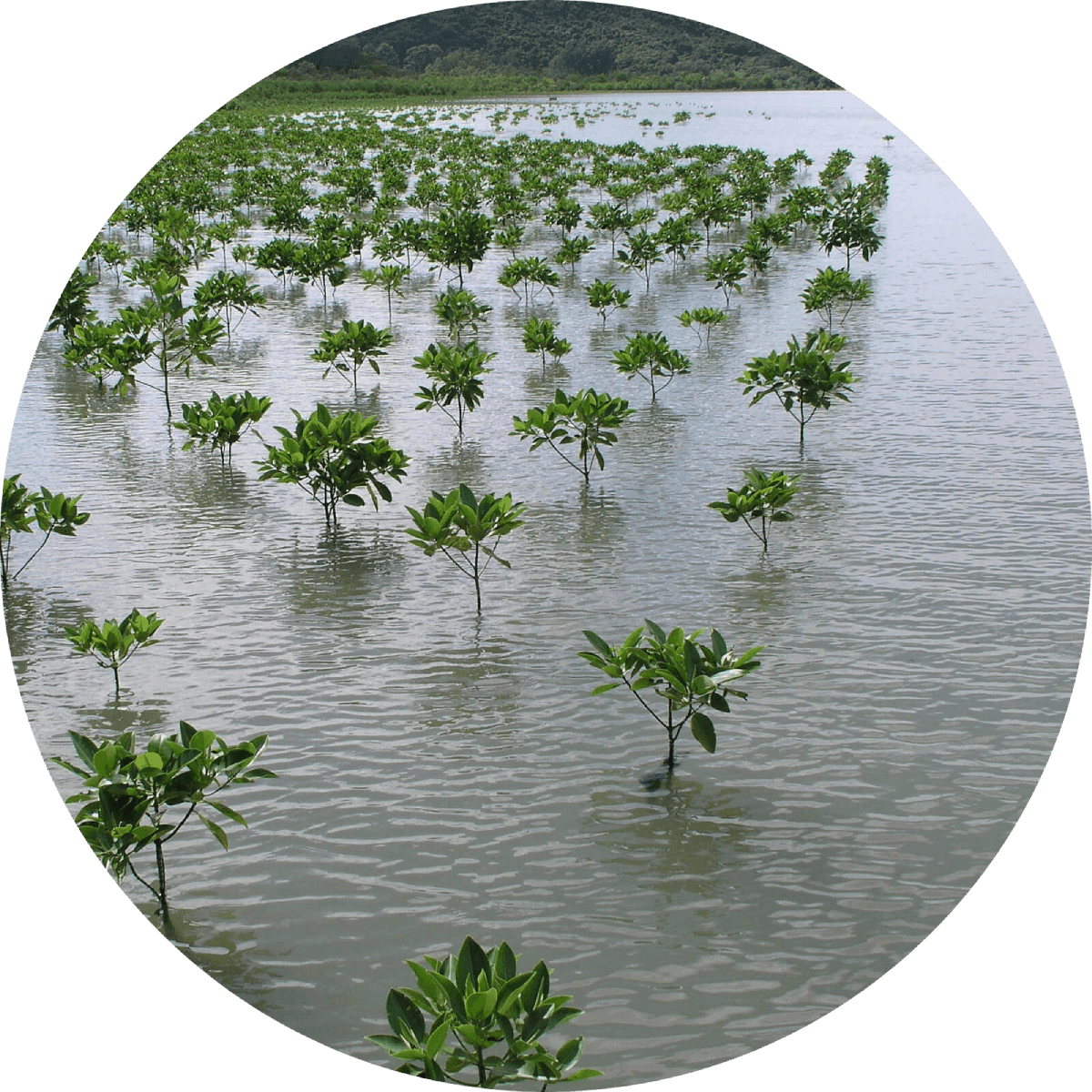“In this era of global warming, when there is extreme weather like the recent heavy rains that led to flooding in Paris and other parts of France and Germany, the question inevitably comes up: Did climate change play a role? ...scientists in Europe have much more rapidly assessed the role of climate change in the European floods, when parts of France got a month's worth of rain in a few days in late May. Their conclusion is that climate change made the flooding in France far more likely.... For an extreme three-day rain event like the one that occurred in France, the scientists' best estimate was that global warming increased the probability of such a deluge by 80 percent for the Seine River basin (which includes Paris, where the river rose about 20 feet above normal) compared with a world where the climate was not changing.”
“In July 2004, anglers caught several fish resembling shad in the river Seine around Bois-le-Roi, upstream from Paris. The occurrence of an adult allis shad in 2004 upstream from Paris is of interest because this species was considered to be extinct in the river Seine. No allis shad had been observed as far upstream in the Seine basin for over a century. The second observation in 2007 and the recent counting of several shads at the Poses weir in 2008 indicate probably an early sign of a possible natural re-colonization of the catchment by the species.”
“Once teeming with salmon and other species, most fish disappeared from the river at the turn of the 20th century, wiped out by toxins from industrial, farming and domestic pollution, as well as dams preventing them from reaching the sea. By 1995, only four species could be found in the Seine's murky waters – eel, carp, bream and roach – and up to 500 tons of those died from poisoning every year in stretches outside Paris. But after almost 15 years of stringent water purification measures, salmon is back along with 31 other species – including sea trout, river herring and marine lampreys. Paris' water purification body, Siaap, says there is ‘practically no more serious organic pollution in the Seine'. Last month, a 13lb beast was caught at Pontoise, just northwest of the capital. In October last year a 15.5lb Atlantic salmon was caught in another suburban spot in Suresne, west of Paris – the first such catch in 70 years.”
“The [Seine river] basin currently accounts for 25% of French agriculture, 25–30% of French industrial activity, and 23% of the French population for only 12% of the French land area and less than 10% of its total water flow and sediment transport. The population density in 2000 on the Seine basin was about twice as high (around 250 inhabitants km−2) as national averages.”
“Original fish fauna of the Seine basin comprised of 27-33 native species...With canal links built between river systems the Seine was colonized by 3-6 species of fish. With the building of weirs and locks, the Seine lost 7 migratory species of fish. Today, 46 species are found across the basin. Local species richness increases progressively along the upstream-downstream gradient, at least up to stream-order five [before reaching Paris]. After stream-order five, the decrease of the species richness is due to the intensification and cumulative effects of human impacts... They are due to physical modification of the stream habitats or to pollution. Most of them relate to the multiple demands of past or present human activities in Paris and its suburbs.”
“A glance at the river in Paris tells you what is going on in France. If it is not slopping over its stone quais at the new year, farmers had a bad time with drought. When it runs fast, high, and cocoa brown in April, the skiiing was terrific; keepers had to drop the sluice gates on the Marne to drain off melting snow. When France is happiest, for a bicentennial celebration of the revolution of only Bastille Day, barges and barks jam the Seine on their way to the fireworks.”
“The sky was heavy and the Seine dark; a morbid day to visit the nuclear power station at Nogent-sur-Seine, potentially the greatest threat to Paris's eastern flank since Bismarck's Prussians. At the weekend, the new atomic plant, barely 50 miles from the capital, went radioactive for the first time, reigniting a series of catastrophic predictions which have earned it the name Chernobyl-sur-Seine. According to pessimists, the 400ft high cooling towers around the grim, concrete reactor block-houses, are prefabricated memorials to an urban concentration of 10 million about to be poisoned by their own drinking water drawn from the Seine.”
“American scientists have found fifty-seven varieties of pollution in the Seine. Those racing swimmers notwithstanding, it carries a hundred times more bacteria than the European Community's safety level for swimming. In launching an ambitious campaign to clean up the river, Paris mayor Jacques Chirac announced that we would swim in it by 1994. The minister of health replied that he would be waiting on the bank with a towel and antibiotics. Chirac did not keep his promise.”
“At Neuilly starts the long island of La Grande Jatte, the subject of Seurat's picture, probably the most famous of all pointilliste pictures, a marvel of sunlight and brilliant water and glowing colour, all builds up from thousands of dots. But La Grande Jatte doesn't look like that now. The life and colour have gone, together with the parasols, the ladies in bustles, the pet monkeys, the oarsmen. Apart from a small neo-classical temple at the Neuilly end and a few hard tennis courts, the island is not a place for leisure. Tipped rubbish, shabby warehouses, disused sheds — even Seurat, even in sunshine, would find it hard to find colour there any more. The stretch of the Seine from Neuilly to Chatou is arguably the most unpleasing stretch of river-front in the world, and coming so soon after the glorious Paris miles, the effect is startling and saddening.”
“There is good fishing after the Seine feels the influence of the tides. The fresh water begins to be brackish with salt water as far up river as Rouen. Yet there are fresh-water smelts and crayfish for miles after the river becomes tidal... At the mouth of the Seine there is salt-water fishing, less fishing for sport and more commercial fishing. Fishing boats go out after lobsters without their large pincers.”
“Coursing its way among thorns and thistles, through small meadows misty with harebells, tunnelling through a scrub of hazel, oak, privet and poplar, the rivulet gathers strength. Trickles on either side hurry to meet it, and soon, above the chorus of bird song and the rustling of leaves and reeds in the valley, one hears the first whisperings of a river. In the long grass beside a streamlet that crossed the path were several young frogs, two of them bright yellow in the sunlight, a third momentarily dark in colour from resting in a shadow — their power of colour change seems second only to that of fish. As I watched them leaping into deeper cover at my approach, the notion came to me that with all man's ingenuity he cannot make a frog, yet a female frog with but little outside help can make hundreds.”
“the [Seine] basin is characterized by a highly biased population distribution: about 70% of the basin's population is concentrated in the Paris megacity (2750 km2 with 9.5 million inhabitants), which covers only 4% of the basin area... In 1889, sewage treatment began and sewage farms, upstream and downstream of Paris, were fed with raw city wastewaters. This situation lasted until World War II (WWII) when the Achères wastewater treatment plant (WWTP)—downstream of Paris and today called Seine-Aval—was established on a former sewage farm, just upstream the Seine-Oise confluence. It gradually grew to treat up to 8 million people at the end of the 1970s, releasing its treated sewage, at various stages of treatment, some 70 river kilometers downstream of the center of Paris. Today, many other WWTPs have been constructed and Seine-Aval treats only 6 million people, which still makes it the largest WWTP in Europe.”


Learn about Maya Lin’s fifth and final memorial: a multi-platform science based artwork that presents an ecological history of our world - past, present, and future.

Discover ecological histories and stories of former abundance, loss, and recovery on the map of memory.

Learn how we can reduce our emissions and protect and restore species and habitats – around the world.

See how art can help us rethink the problems we face, and give us hope that each one of us can make a difference.

Help make a global memorial something personal and close to home. Share your stories of the natural world.